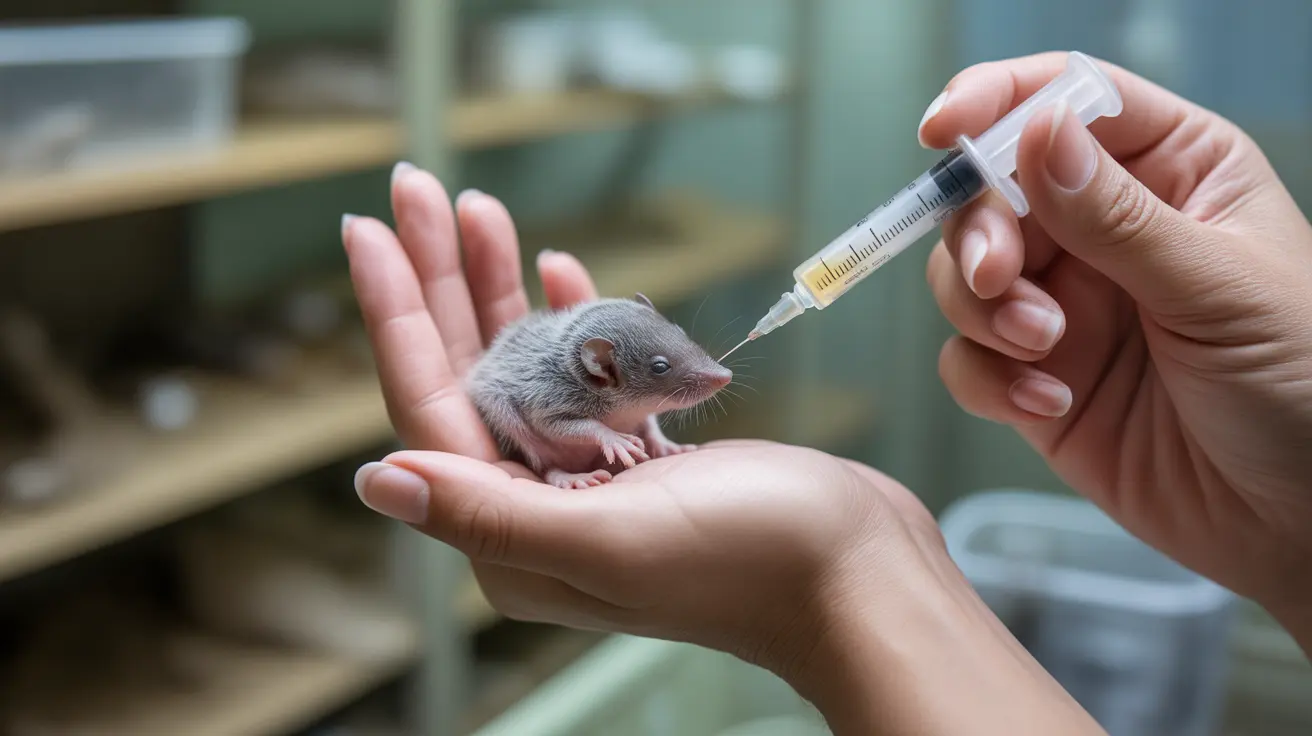Can One M&M Hurt a Dog? Understanding Chocolate Toxicity in Dogs
Chocolate is a popular treat among humans, but it poses serious health risks when ingested by dogs. Many pet owners wonder if just one M&M—a tiny piece of milk chocolate—can harm their furry companion. The answer isn’t straightforward, as the danger depends on several factors including the size of the dog, the type of chocolate, and any pre-existing health conditions.
Why Chocolate is Toxic to Dogs
The core issue lies in two compounds:
theobromine and
caffeine. Dogs metabolize these substances far more slowly than humans, causing them to build up in the body to toxic levels.
Theobromine and caffeine are both central nervous system stimulants and cardiac stimulants. They can also act as diuretics, may cause dehydration, and affect various bodily systems.
Chocolate Types and Their Theobromine Levels
Not all chocolate is created equal. Some types contain much higher levels of theobromine, making them more dangerous to dogs.
- Cocoa powder (unsweetened): Very high in theobromine
- Baking chocolate (unsweetened): Extremely toxic even in tiny amounts
- Dark and semisweet chocolate: Moderately high levels of theobromine
- Milk chocolate: Less theobromine, but still toxic in larger quantities
- White chocolate: Minimal theobromine, low toxicity
M&Ms generally contain milk chocolate, which is less potent but not completely safe.
Can One M&M Hurt Your Dog?
A single milk chocolate M&M contains a very small amount of theobromine. In most cases, ingestion of one M&M is
unlikely to cause serious harm to a healthy, medium-to-large-sized dog. However, small dogs, puppies, and dogs with heart conditions or other sensitivities could potentially experience mild symptoms if their system reacts poorly.
Symptoms of Chocolate Toxicity
Signs typically appear within 2–24 hours of ingestion and may persist for days.
- Vomiting and diarrhea
- Increased thirst and urination
- Restlessness or hyperactivity
- Fast or irregular heartbeat
- Panting or rapid breathing
- Muscle tremors or seizures in severe cases
- Fever or weakness
- Coma (in extreme cases)
Any of these signs, especially when more than one occurs, should prompt immediate veterinary consultation.
Determining Risk: Key Factors
To assess whether one M&M could be dangerous, you need to consider:
- Your dog’s weight — Smaller dogs are more sensitive to even minimal amounts of theobromine.
- Type and amount of chocolate — Milk chocolate poses less risk than dark or baking chocolate.
- Time since ingestion — Early treatment greatly improves the outlook.
- Underlying health issues — Dogs with heart problems or sensitivities are at increased risk.
What to Do If Your Dog Eats Chocolate
Even with one M&M, it’s crucial not to dismiss the risk. Here’s how to respond:
- Note the type and quantity of chocolate eaten.
- Record your dog’s weight and any current symptoms.
- Contact your veterinarian or a pet poison control hotline.
- Do not induce vomiting unless specifically advised by a veterinarian.
Veterinary Treatment of Chocolate Poisoning
The extent of treatment depends on severity and timing. Typical veterinary interventions may include:
- Inducing vomiting (if ingestion is recent)
- Administering activated charcoal
- IV fluids for hydration and toxin elimination
- Monitoring and supporting vital signs
- Controlling seizures or arrhythmias if present
Prompt care generally leads to a good prognosis, especially for low doses like one M&M.
Other Risks from M&Ms
Beyond the chocolate itself, M&Ms are high in fat and sugar, which can contribute to
gastrointestinal distress or even
pancreatitis in sensitive dogs. Artificial coloring and candy coatings may also further irritate the stomach.
Prevention is Key
The safest approach is to keep all chocolate and chocolate-containing candies completely away from pets. Tips for prevention include:
- Train your dog to understand commands like “leave it.”
- Use dog-proof storage for snacks and sweets.
- Educate children and guests never to feed dogs candy.
- Use safe alternatives like carob in dog treats.
Conclusion
Although a single milk chocolate M&M is
unlikely to harm the average dog, there is no completely safe threshold for chocolate ingestion, particularly for small or vulnerable dogs. Being vigilant and informed is the best way to keep your pet safe. When in doubt, always consult your vet to ensure peace of mind and quick action if needed.





